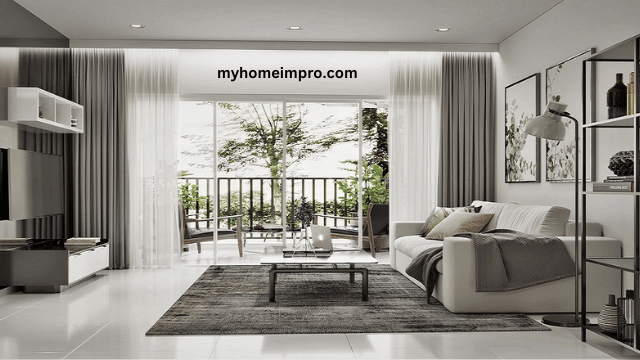Understanding Super Built-Up Area: A Comprehensive Guide for Home Buyers
Table of Contents
What is Super Built-Up Area?
When buying a home, understanding real estate terminologies like Super Built-Up Area is crucial. It is the total built-up area, including carpet area, walls, balconies, and a proportionate share of common areas like lobbies, staircases, and lifts. Builders often use this measurement to determine property pricing.
Components of Super Built-Up Area
To avoid confusion, let’s break down the essential components:
- Carpet Area – The actual usable area inside the house.
- Built-Up Area – Carpet area plus walls and balconies.
- Super Built-Up Area – Built-up area plus common spaces (lobbies, lifts, staircases, clubhouses, etc.).
Formula to Calculate Super Built-Up Area:
Super Built Up Area = Carpet Area + Wall Area + Common Area Share
How Does Super Built-Up Area Impact Pricing?
Most builders sell properties based on the super built-up area, not the carpet area. As a homebuyer, understanding this distinction helps in better price evaluation. Typically, the super built-up area is 25-30% larger than the carpet area, influencing property costs significantly.
Importance of RERA Guidelines on Super Built-Up Area
The Real Estate (Regulation and Development) Act (RERA) mandates that developers must disclose the carpet area instead of the super built-up area. This transparency protects buyers from misleading advertisements and inflated property prices.
Tips for Homebuyers:
- Always check the RERA certification of the project.
- Request a detailed breakdown of the carpet, built-up, and super built-up areas.
- Compare different projects based on the carpet area for a fair price assessment.
- Avoid properties where super built-up area exceeds 30% of the carpet area.
Conclusion
Understanding the super built-up area is crucial for making informed home-buying decisions. Always verify the carpet area, built-up area, and super built-up area to ensure fair pricing and transparency. With RERA regulations, buyers can now make better and more secure investments in real estate.
FAQs
Q1: How is super built-up area different from carpet area?
A: Carpet area is the actual usable space inside the house, while the super built-up area includes walls and common spaces.
Q2: Does RERA allow selling based on super built-up area?
A: No, RERA mandates that builders must disclose the carpet area for transparency.
Q3: How can I ensure I get a fair deal on my property purchase?
A: Compare properties based on carpet area, check RERA registration, and ask for a detailed area breakdown before making a decision.

